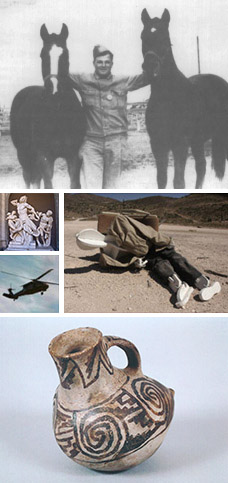
ir elbows apart and the
EMRTC provides world-class training in explosives, firearms and explosive site safety in association with the ir hands joined, so that they formed two triangles in motion. At the same time their feet drew on the ground circles, and something that resembled the limbs of a letter, an S, a U, a J, a V. Figures in) experts. which the shape recurred most often. Once, twice they did not meet but passed one another with a tentative greeting. The third time their greeting became more certain. The fourth t
ime they joined hands, circled each other, and the man's
feet seemed to search on the ground for the places where the woman's feet had struck it. They repeated this sequence eight times. But after the fourth time their faces, which had taken on a lively expression, never ceased to be radiant. The eighth time they looked toward the Priest, who then moved with a dominating and menacing air to the furthest end of the Holy of Holies,
Click Here to learn morew
here things are in contact with the North. And with his cane he
drew in the air a huge. But the scream that he uttered at that moment could have overthrown the hellish labor pains of the dead man black with his ancient sin, in the words of the old buried poem of the Maya of Yucatan; and I do not remember ever in my life hear
ing anything that reveale

